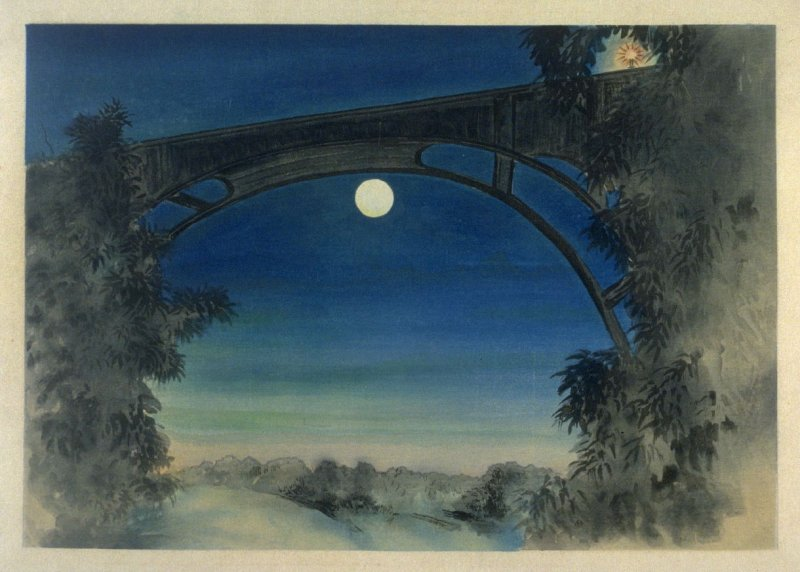
The year 2020 will not only be remembered for the great pandemic, but for the highlighting of a consumer world. After the simple ruling of staying at home, stopping consuming has brought down the stock markets and endangered the welfare state. Many have questioned how we spent our time and money before all this happened. Others have made their lives practically the same as if the pandemic did not exist. What is clear is that we have all clung to something that they could not take away from us, our illusion, the pleasure of reading… For an astronomer the good news is that heaven is always there, it is free and does not distinguish between rich and poor.
During 2020 we had great astronomical events. We were able to observe for a few weeks and with the naked eye a wonderful comet Neowise just before sunrise. In addition, Jupiter and Saturn lined up in the sky, being able to see these two giants and their wonderful moons at the same time. But, What surprises await in 2021?

This year will also be tough. We cannot socialize as much as we would like it. Perhaps it is an opportunity to seek a new hobby. Have you thought about being an amateur astronomer? It is easier than it seems! To start you just need your eyes and a dark place, and the internet is full of sky maps and tips, so there is nothing new here. When you begin to observe, the biggest problem is to balance between a good observation and a comfortable experience. Often we cannot stay up very late observing or traveling long distances. However, this does not mean that you have to stop stargazing.
Pasadena is a good place for observing the Moon and some bright objects; Orion and its nebula, the galaxy Andromeda, the open star cluster Pleiades.. If you want to level up, Altadena is a higher area with less light pollution. Do you have binoculars? It doesn’t matter which ones, most are a good approximation to start with the planets.

During this coming month Saturn and Jupiter will continue to be very close and easy to observe. In addition, the planet Mercury will reach the greatest eastern elongation of 18.6 degrees from the Sun, which means that this is the best time to view Mercury since it will be at its highest point above the horizon in the evening sky. Look for it low in the western sky just after sunset. Also, If you want to observe the Moon, the best time is towards the end of the month, when it is not yet full and the shadows highlight its craters!

From January 13rd to 28th, the Moon will grow and show its relief every night. The Moon can be observed in the early hours of the night and very dark skies are not necessary. One trick to observing the Moon is to always try to focus on the shadows and let your eyes get used to the light, instead of to look directly at the most illuminated area. It takes about 10 minutes for your pupils to process darkness well. But be careful because If you turn on your phone this process restarts, so … phones out! If you look at the Moon with binoculars you can see how fast it is moving! If you are one of the lucky ones to have a telescope you can try to adapt your mobile to the eyepiece to have some wonderful images to show on Facebook, without expensive cameras and adaptors!
I would like to finish this article with a song recommendation, from Bob Schneider, Blue skies for everyone that inspires me to keep going, observing and facing next events whatever they are.


Very interesting.
LikeLike
Great Article
LikeLike